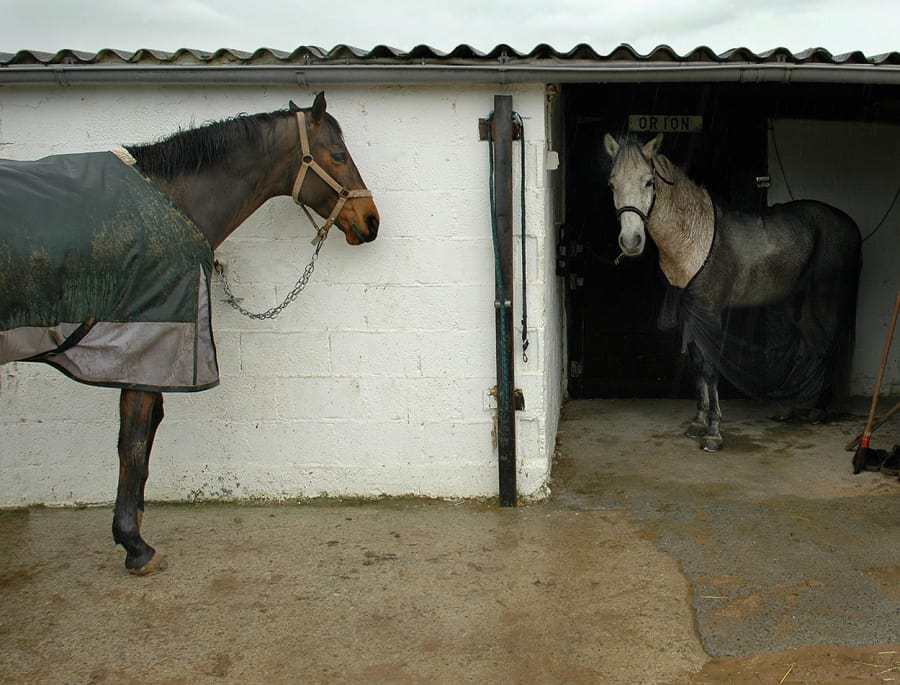Protecting against encysted small redworm

Did you know that a standard faecal worm egg count won’t detect the presence of encysted small redworm in your horse’s intestine? Wendy Talbot, Vet at Zoetis, explains more.
Worm burden
Encysted small redworm can account for up to 90% of the redworm burden in your horse but won’t show up in a standard faecal worm egg count. They are a specific larval stage of the small redworm, the most common worm to affect our horses today.
The veterinary recommendation is that all horses should receive a treatment for encysted small redworm during the late autumn/winter, regardless of their faecal worm egg count. It’s crucial to remember that even if your horse’s faecal worm egg count is negative, you must still treat for encysted small redworm before the early spring, to protect your horse from this deadly parasite.
Hidden dangers
The Zoetis Trojan horse advertisement highlights the hidden dangers of encysted small redworm with a play on the Trojan horse tale, which involved Greek soldiers entering the city of Troy by stealth, hidden within the mythological wooden Trojan horse. Encysted small redworm are also capable of concealing themselves inside a horse. Untreated, they may develop and emerge en masse from the gut wall in the early spring, causing diarrhoea and colic with a mortality rate of up to 50%.
Make sure you choose the right worming methods and products for your horse’s circumstances by discussing your worming programme with your vet or a Suitably Qualified Person (SQP). For further information visit www.wormingyourhorse.info.
Learn more about the Zoetis encysted small redworm awareness campaign at www.esrw.co.uk. You can also download Stable Mate, the horse health management App from Zoetis. It is available from the iPhone App Store and Google Play Store.






